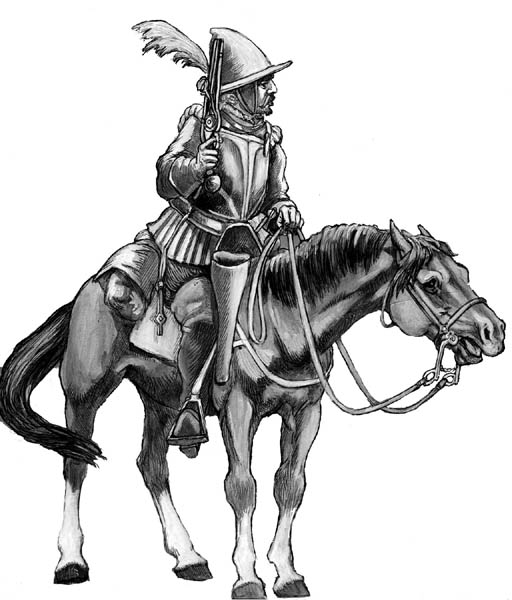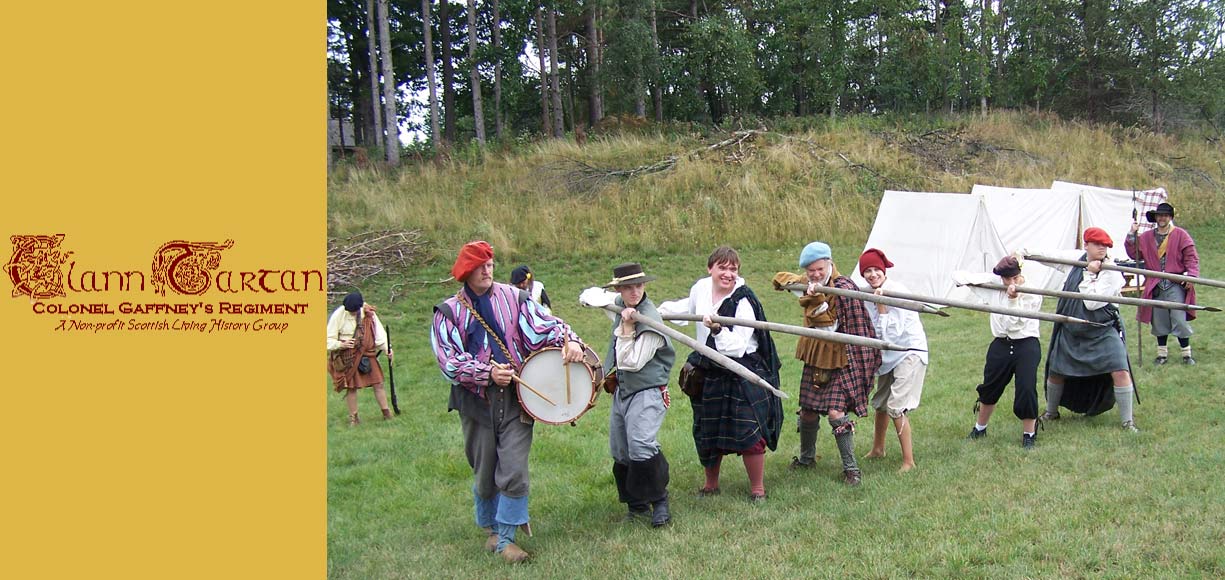Cavalry Tactics: The end of the Caracole and the revival of Cold Steel

King Gustavus abolished (in the Swedish Army) the cavalry tactic known as the "caracole". See The Dawn of Modern Warfare, p. 177. Richard Brzezinski, in the Osprey volume on the cavalry of Gustavus agreed with this, citing these instructions from the King (p. 23):
Only the first or at most the first two ranks, when near enough to see the whites of the enemy's eyes, were to give fire, then to reach for their swords; the last rank however was to attack without shooting but with swords drawn, and to keep both pistols (or in the front ranks, one) in reserve for the mêlée.
In the same volume (p. 24) he also wrote that the better Imperial heavy cavalry were also willing and able to charge home. He went into more detail about this in Lutzen 1632: "The cuirassiers's main weapons were a sword and a pair of pistols, intended for close combat rather than 'caracoling'." (p.23). He supports this with a sketch made by a member of the Swedish army (p. 52) of the battle showing the Swedish cavalry 3 deep, while the Imperial cavalry were 6 deep. The caracole required much deeper formations to allow the troopers time to reload.
King Gustavus was very worried about the Imperial cuirassiers. Early in the battle of Lützen he noticed them in their black armor and turned to Torsten Stålhandske, commander of his Finnish cavalry. From a contemporary source, quoted in Lutzen 1632, p. 54:
'As for those fellowes (meaning the Crabats [Croatian light cavalry] ) I care not for them,' saies the King: 'but charge me those blacke fellowes soundly: for the are the men that will undoe us.'
Too true! The King was killed soon after that by some of those "black fellowes". Later in the battle, while the Swedish Blue Brigade was pinned in front by Imperial infantry, 5 companies of cuirassiers charged them on both flanks. The brigade was destroyed. The Imperial commander on that part of the battlefield estimated that there were 'over 2000 enemy dead on the place' and afterwards was able to present Wallenstein with 15 colors. (Lutzen 1632, pp. 67-70)
In 1642 Prince Rupert of the Rhine brought his continental experience to the Royalist side in the British Civil wars. Richard Bulstrode wrote about the Battle of Edgehill:
Just before we began our march, Prince Rupert passed from one Wing to the other, giving positive Orders to the Horse, to march as close as was possible, keeping their ranks with Sword in Hand, to receive the Enemy's Shot, without firing either Carbin or Pistol, till we broke in amongst the Enemy, and then to make use of our Fire-Arms as need should require: which order was punctually observed.[pp. 95-96]
The following year Richard Atkyns was in the Royalist front line at Roundway Down:
Twas my fortune in a direct line to charge their general of horse [Sir Arthur Haselrig], which I supposed to be so by his place; he discharged his carbine first, but as a distance not to hurt us, and afterwards one of his pistols, before I came up to him, and missed with both: I immediately struck into him, and touched him before I discharged mine; and I'm sure I hit him, for he staggered, and presently wheeled off from his party and ran... [p. 104]
Further confirmation can be found in Fighting Techniques of the Early Modern World, pp. 73-76.
I had read about this long ago in Sir Charles Oman's classic History of the Art of War in the Sixteenth Century. At Mookerheyde in 1574, Spanish lancers routed twice their number of German pistol-armed cavalry. Oman wrote:
.... it is hardly necessary to emphasize the fact—obvious in many other fights—that pistol tactics and the 'caracole' were a snare for cavalry—especially for cavalry operating against troops of their own sort who were willing to charge home with lance and sword. Yet it was not till fifty years had passed by that Gustavus Adolphus impressed on the military mind the fact that the strength of cavalry lies in impact, and that by squibbing away with pistols or carbines the trooper loses the all-important power of rapid motion, in which his strength resides.
Yes, the caracole was still being used by some cavalry in the Clann Tartan period, and on into the British Civil Wars. But only by second rate cavalry units. Looking at Oman and other references, I cannot find a single case where the caracole was victorious against a determined opponent.

